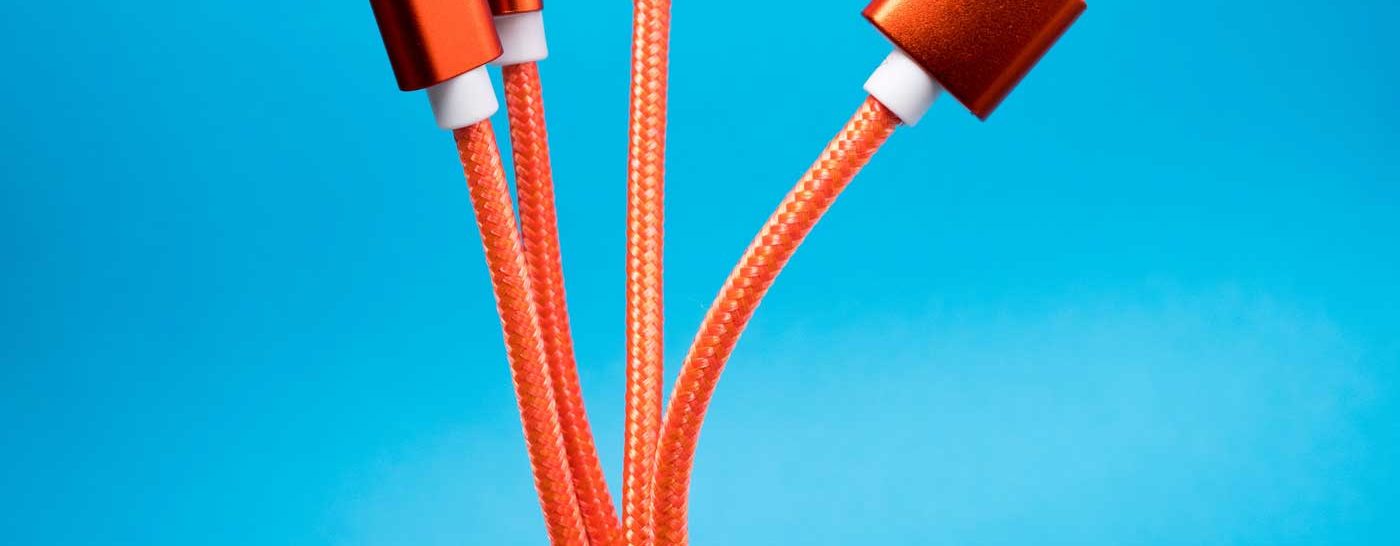Standard DisplayPort Cables Support All DisplayPort Systems
DisplayPort makes display cable selection pretty easy. A standard DisplayPort cable is designed to work with any DisplayPort source device, such as a PC or laptop, and any DisplayPort monitor. This means that a standard DisplayPort cable will work with the very first DisplayPort systems and displays introduced over ten years ago, and they will continue to work with the newest and future systems and displays that support multi-stream and display resolutions up to 5K at 60Hz. DisplayPort Certified cables marked DP8K guarantee quality connections to 8K and beyond. You can also use a standard DisplayPort cable between a PC and a multi-stream hub, or between daisy-chainable multi-stream monitors.
Connectors
One thing you will need to consider in your cable purchase is the connector type on each end of the cable. Begin by identifying the type of port on the source device that will send video to your monitor. There are three kinds of DisplayPort receptacles:

USB Type-C with DP Alt Mode
Most common in new products today are DisplayPort connections using the USB-C connector. On devices supporting DisplayPort Alt Mode for USB-C, the DisplayPort signal is carried over the same cable that also provides USB data and system power. This group includes Thunderbolt 3 and Thunderbolt 4 ports.

Standard DisplayPort
The standard DisplayPort connector is about the size of a USB-A connector, and this type is commonly used on DisplayPort-enabled desktop graphics cards, PC monitors, and docking stations.

Mini DisplayPort
The smaller mini DisplayPort connector is commonly used for multiple DisplayPort outputs on PC graphics cards, and is also found on certain notebook PCs. The mini DisplayPort connector is also used for second-generation Thunderbolt widely used on the previous generation of Apple products.

Thunderbolt and DisplayPort
You can connect any DisplayPort monitor to a Thunderbolt source, using a standard DisplayPort cable, while achieving DisplayPort quality. Thunderbolt is backwards-compatible with DisplayPort, and even includes support for Dual-Mode DP-to-HDMI and DP-to-DVI adapters, and DP-to-VGA adapters.
Choose Certified DisplayPort Cables
A standard DisplayPort cable, including older cables, will work for any DisplayPort configuration including 4K and multi-stream capabilities. All certified DisplayPort cables support HBR2 (High Bit Rate 2), which can support 4K at 60Hz, or up to four 1080p displays using multi-stream.
While these same cables can in many cases be used with the latest-generation HBR3 and Display Stream Compression (DSC), DP8K-certified cables are specially constructed to ensure the best performance for these high-bandwidth applications.
DisplayPort uses packetized data, similar to USB and ethernet, to send digital diesplay and audio data. Unlike older video interfaces, you don’t get a “better” picture or other incremental improvements with a more expensive cable, but a poor quality cable could lead to data errors and obvious corruption of the video or audio data, and may be less reliable over the long term.
Cable Quality
It is important to avoid low-quality DisplayPort cables to prevent unexpected video or audio problems, and sometimes even system power-up problems. Always buy cables from a reputable computer system or accessory brand. Or safer yet, buy a cable that is DisplayPort certified by checking the listings on this website.
View Certified Products